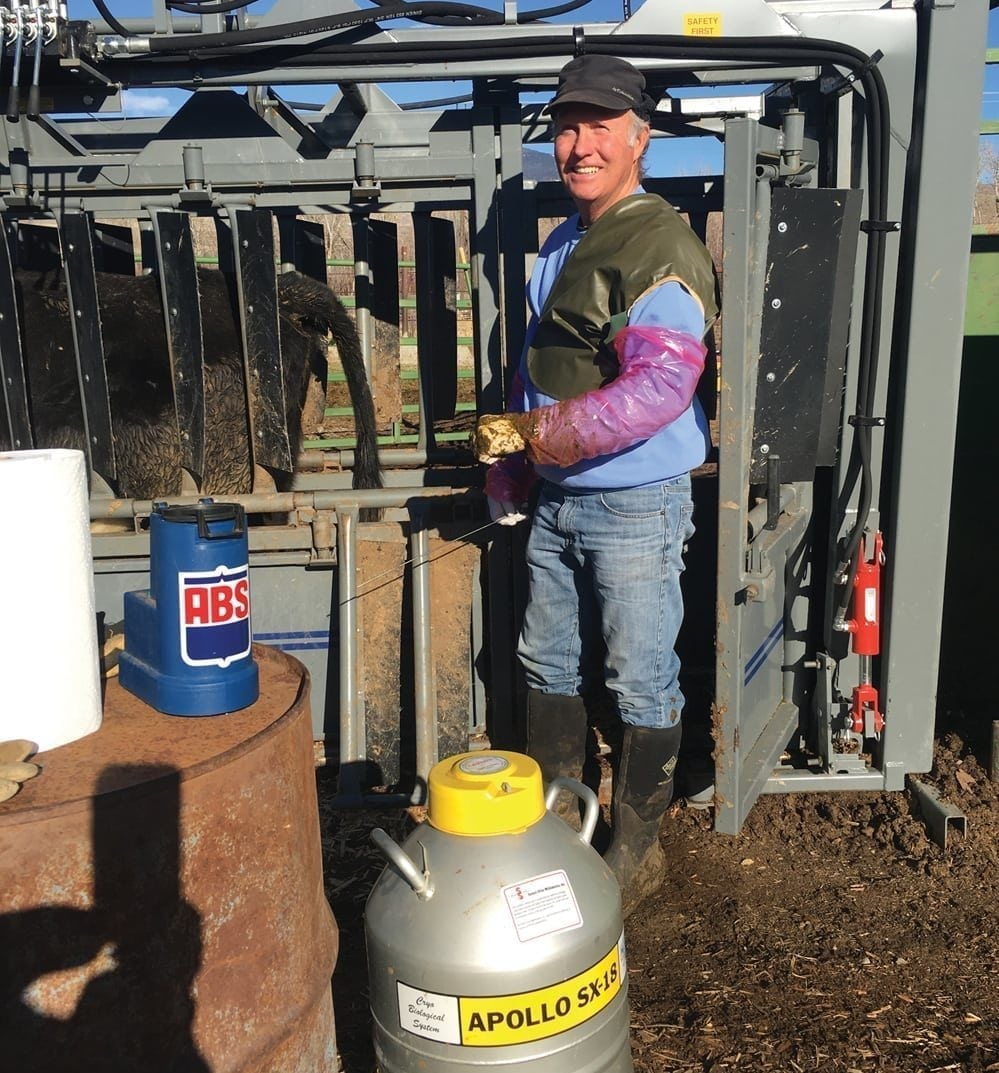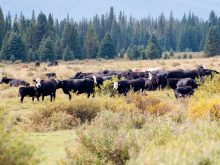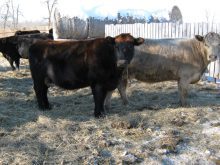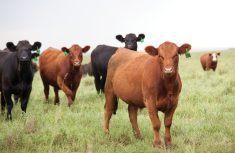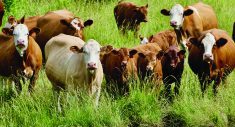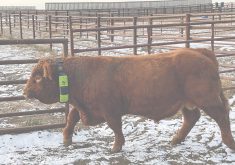Artificial Insemination (A.I.) is an efficient and quick method to improve the genetics of a cow herd, and it’s becoming more popular with commercial cattle producers as training/certification programs become available.
A.I. has opened the door for commercial cattlemen to breed to the very best bulls in the industry, allowing them to use the large amount of data collected on the progeny of those sires to select for the desired traits with the confidence.
Ed Snook, owner of Snook Ranch, near Salmon, Idaho, has been A.I.-ing cattle since he took a training clinic through Select Sires in 1984. At that time Snook and his father were running registered Hereford cattle and owned a bull, Vigilante, ranked fifth in the breed.
Read Also

Harvest wraps up and fall work begins
At the Eppich famly ranch in western Saskatchewan, the fall harvest was successful with few breakdowns, cows and calves have been sorted and a new tractor has arrived
“I really got interested in A.I. while leasing bulls to American Breeder Service,” says Snook. Later, after he purchased the Hereford cattle from his father, Snook began to A.I. to crossbreed with Angus bulls to create an offspring with the best traits of both breeds.
Snook A.I.s 300 cows a year, and his herd is predominately black today, but he still uses some of the Hereford semen.
“I still have semen we collected from those good Hereford bulls, and I’m still getting calves out of those old guys,” he says. “I use (Hereford genetics) on some of my best black cows. If you look at my cattle, you’ll still see a lot of white face. I haven’t had a Hereford bull for many years. This cross makes great cows.”
Scott Kesl, a commercial cow-calf operator ranching near Tendoy, Idaho, got recertified in A.I. a few years ago at the University of Idaho’s Nancy M. Cummings Research Extension and Education Center. Kesl, who has been A.I.-ing his own mature cows and heifers for the past six years, emphasizes the importance of quiet cattle handling when A.I.-ing cattle.
“I had a local metal fabricator, Steel and Ranch Supply, make me a breeding box,” says Kesl. It is just a large dark box that the cow or heifer goes into to be bred by A.I. “The box blocks outside sights and sounds, allowing the cow or heifer to stay quieter than they do in a typical squeeze chute.”
For his herd, Kesl is focusing on introducing maternal traits. “I’m in this for the cow — you know, for the heifer calf. The steers take care of themselves, and they’re good steers. These cows are either my retirement, or the future for my boys, so they need to be good-productive mother cows.”
Going for A.I. certification
Nancy Cummings Center superintendent Dr. John Hall says it is seeing increased demand for A.I. training from commercial beef producers. The center offers an annual three-day program in conjunction with Select Sires. Each class is limited to eight to 10 producers in order to maximize the time each student has to practise on a cow.
“The goal is to get these producers to the point where they feel comfortable inseminating some cows themselves,” says Hall. “We are not trying to make them into A.I. technicians in a three-day setting, where they could go out and inseminate cattle for others, but we are setting them up to be able to understand estrus synchronization and the A.I. process to a level that they are comfortable A.I.-ing their own cattle.”
This article was first published on Canadian Cattlemen.

